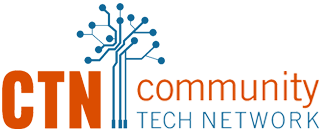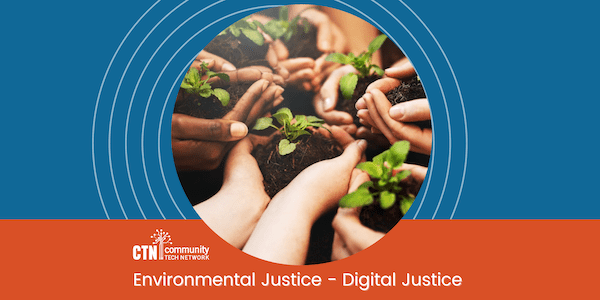Paperless has become one of society’s most popular buzzwords.
Going shopping? Many stores now offer to email your receipt instead of printing it. Need to sign a contract? Just add your electronic signature instead of getting a hard copy. Want your most recent financial statement? Most banks now send them to your inbox instead of your physical address.
When folks have access to high-speed internet and devices, as well as the skills to use these technologies, they greatly reduce paper use. However, 21 million Americans are currently offline.
Between 3.5 and 7 billion trees are cut down across the globe each year, 40% of which are used to produce paper. Without getting too technical, trees are critical players in the fight against global warming. They release oxygen (which we of course need to breathe) and absorb carbon dioxide, thereby removing it from the environment and limiting climate change. Deforestation is thus a major threat to the environment and going paperless can make a difference. Getting people connected to the internet plays a critical role in these efforts.
Internet access also promotes environmental justice (EJ) through the spread of information. As noted in this study, “Access to the internet allows communities to obtain resources and participate in discourse related to environmental injustices. Increasing education about EJ can empower individuals, facilitating their understanding of how to reduce harmful environmental exposures on an individual and community level. The caveat, however, is that these resources are only beneficial if they are truly accessible to individuals via the internet, which can be accomplished by achieving digital equity.”
That is not to say that technology is 100% eco-friendly. Many companies still use fossil fuels to produce, power, and ship the devices that we use (such as smartphones, tablets, and computers). Additionally, even though we may not see it, performing commonplace online tasks can leave a carbon footprint. For instance, in order for emails to be sent, various servers must use electricity to receive the message, temporarily store it, and then deliver it to the final recipient. Although this happens within a matter of seconds, it does release carbon into the atmosphere.
So does that mean that negative environmental consequences of the internet outweigh the positive? No. Sending a short email releases about four grams of carbon emissions. Sending that message through snail mail would emit about 140 grams; that is, 35 times as much!
With this in mind, there are still ways that you can make your tech habits more eco-friendly:
- Update your settings so that your computer goes into sleep mode after being idle for a certain amount of time.
- Turn off your computer when it’s not in use.
- Dim your computer brightness to use less energy.
- Unsubscribe from email newsletters that don’t interest you.
- Limit your “reply all” if you can just message one person directly.
- Avoid sending unnecessary emails. If you work in an office and can say “thanks” in-person to your coworker, you don’t need to send them a message with just the one word.


Comments are closed.